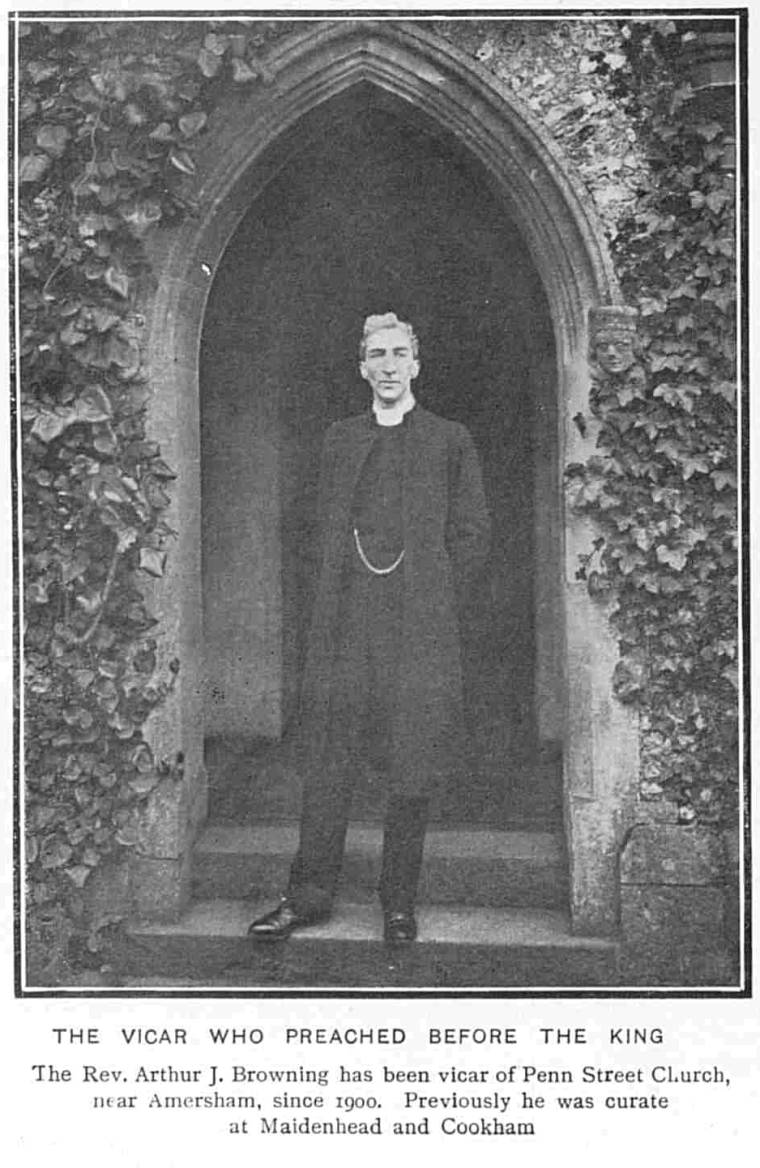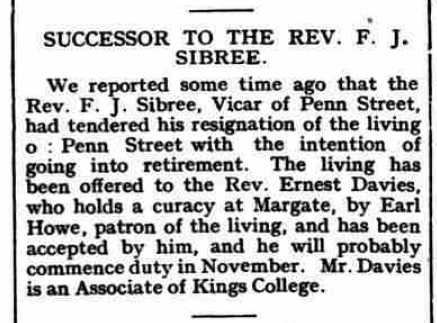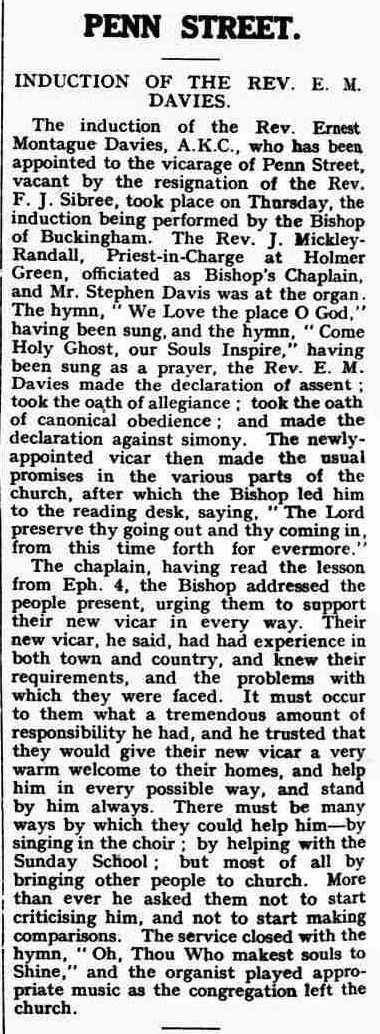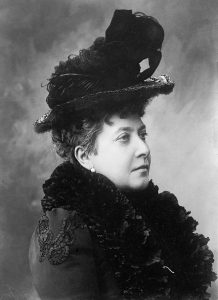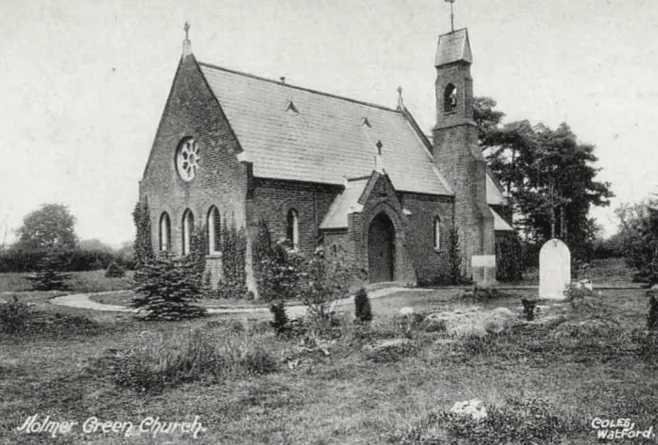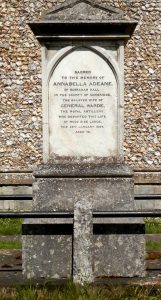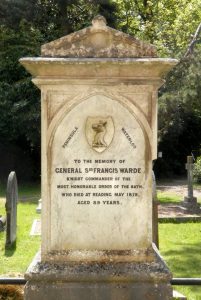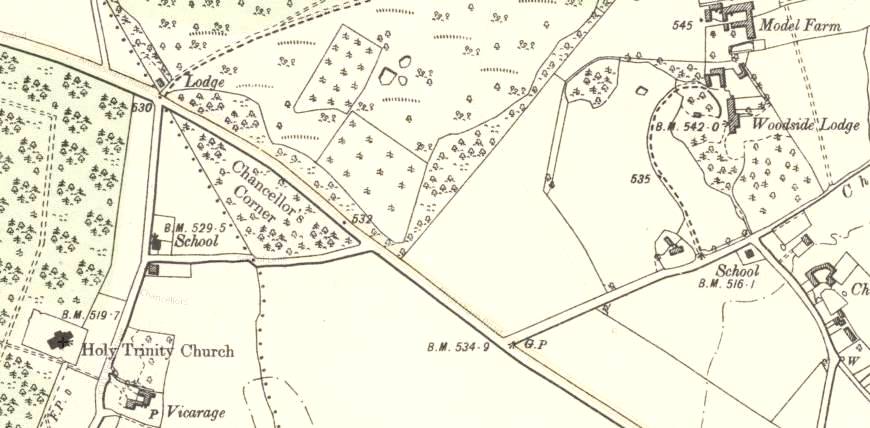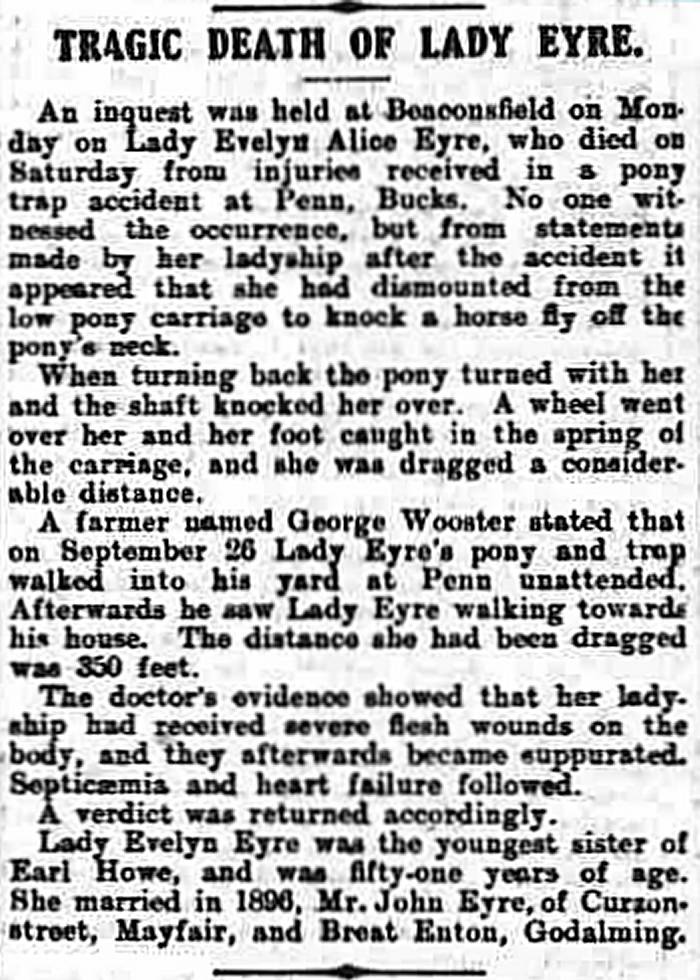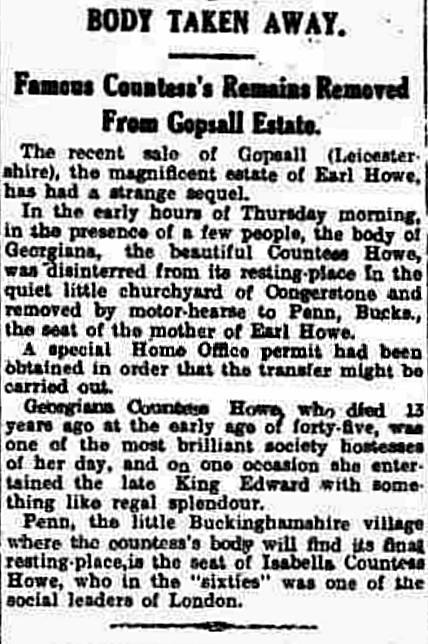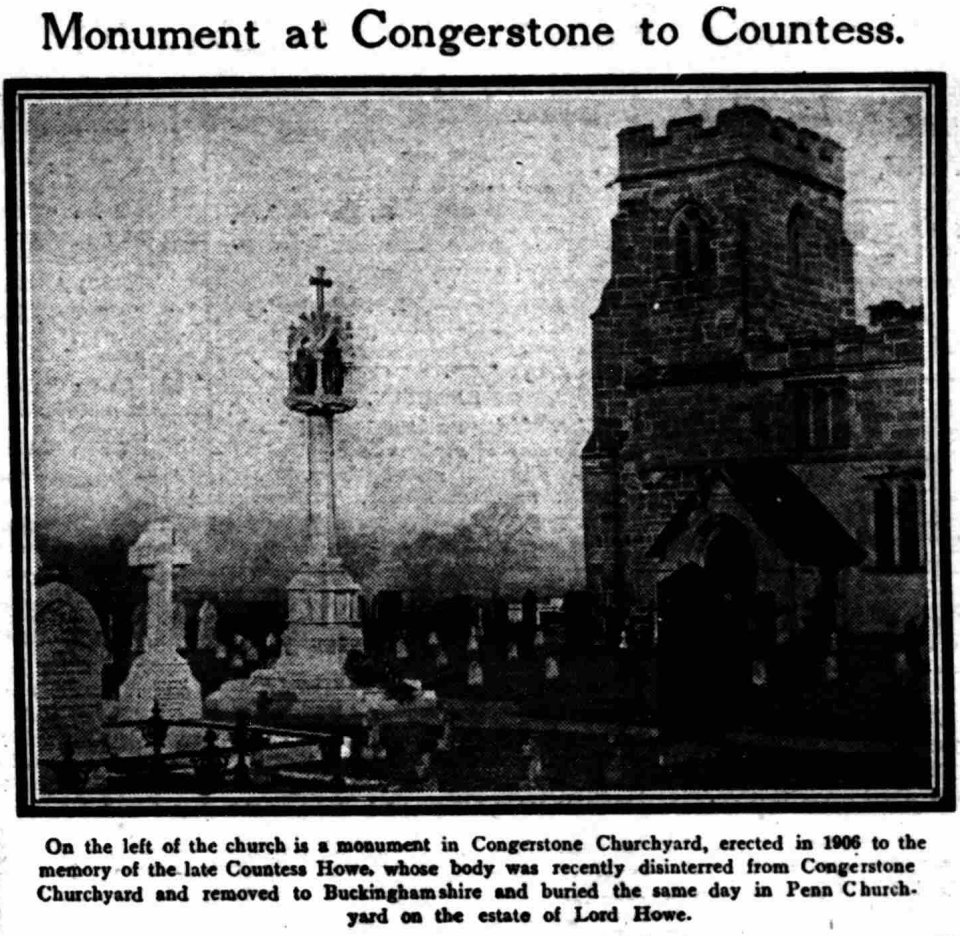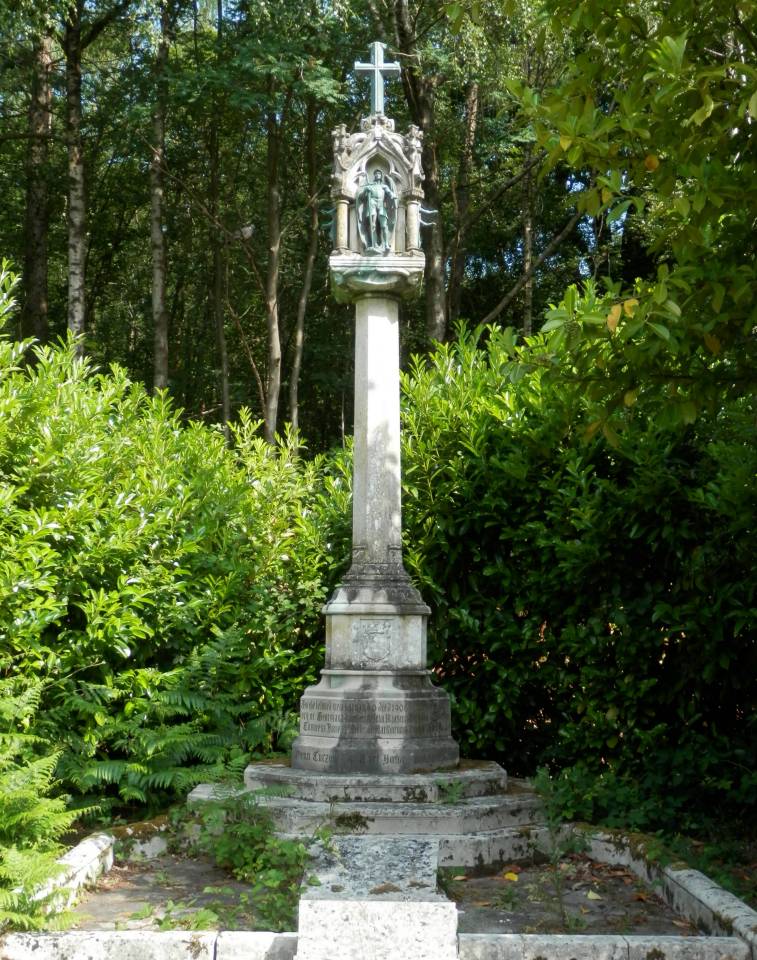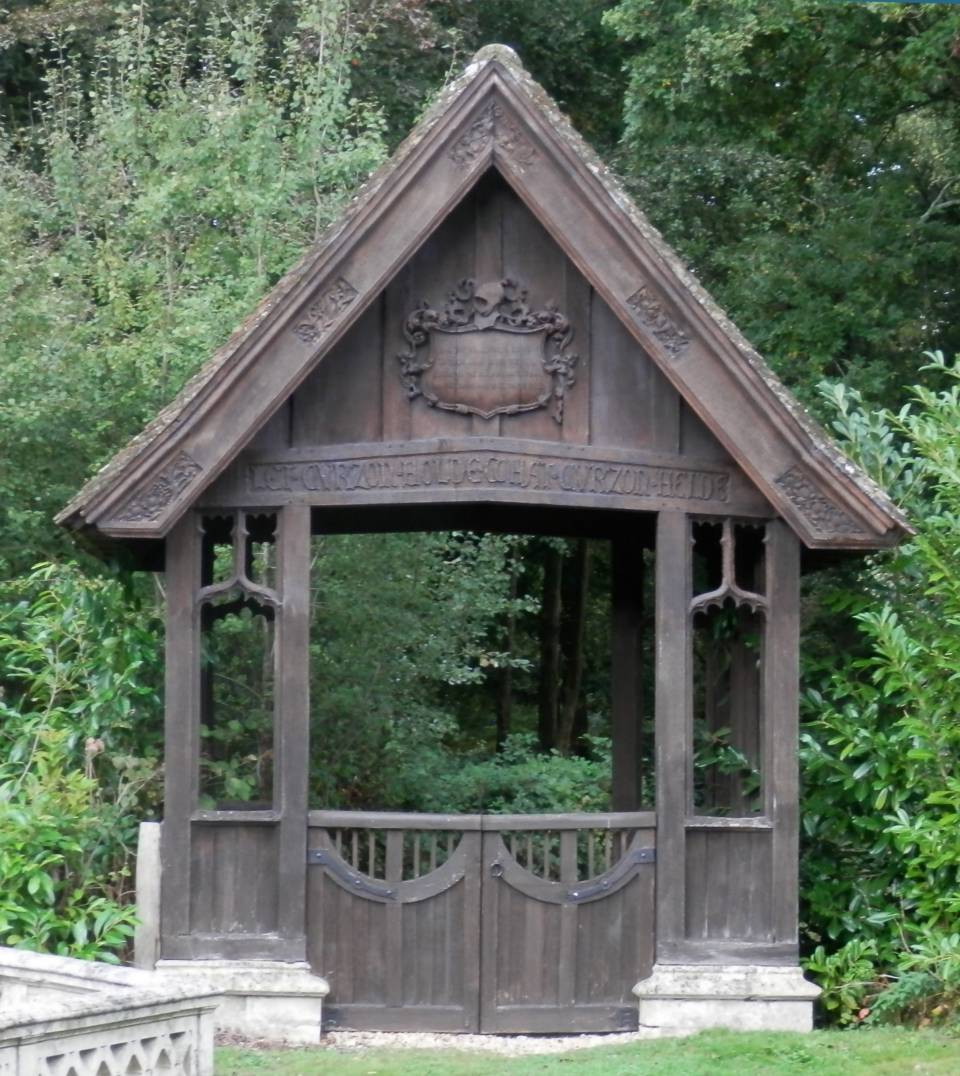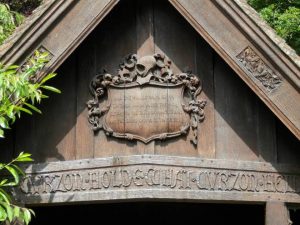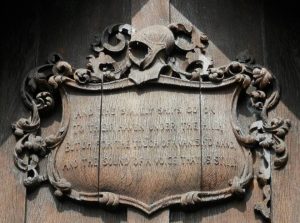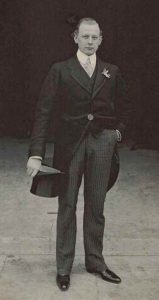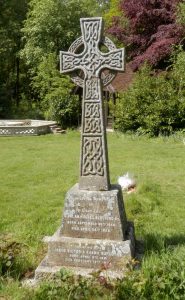Very little is recorded regarding the short incumbency of the Revd. FJ Sibree. The following is collected from various sources, Birth, Marriage and Death records, Census Returns and Electoral Rolls and Probate records and local newspaper reports.
The Revd. Sibree arrived at Penn Street in 1927, and resigned in 1928, intending to retire, because of his wife’s illness, when he was replaced by Ernest Davies.
Francis Joseph Sibree was born in 1860 at Painswick, Stroud, Gloucestershire. His parents ran a boarding school, Bussage House, with 20 – 30 teenage children, mostly boys, a few girls, and their own five children.
He was educated at Exeter College, Oxford. At the ages of 20 and 30, Francis is shown as ‘tutor’, having joined the ‘family business’.
In 1894 he married Margaret Louisa List, after Banns at St Paul’s church Gloucester. His occupation is shown as ‘Headmaster’ Bussage House School.
He trained for ministry at Gloucester Theological College, and was ordained Deacon in 1896 and priest in 1898. His first appointment was as assistant curate, Chalford, Gloucester. In 1901 he is listed asr, ‘Clerk in Holy Orders, School Master’, The Park, The Hall, Shipdham, near Dereham, Norfolk, in the parish of Shipdham, All Saints. The Hall was another boarding school with teenage boys.
It was not unusual for the vicar or curate to also tutor boarders. The Revd. Arthur Browning, Francis Sibree’s predecessor also ran a ‘crammer’ at the vicarage, for ten or so teenage boys, including the young David Niven.
1904-1912 he was vicar of St Mary’s, Portchester, Fareham, Hants, proceeding to Bexley Heath in 1912, and Wandsworth in 1916 and in living at 10 Rusholme Road, Wandsworth, presumably the vicarage of St Michael’s Church, Southfield. His first wife Margaret died 2nd August 1923, they had no children.
In July 1924, he married a widow, Edith Eleanor Muirhead, née Dennett, at Kensington. Edith had four daughters and two sons by her previous marriage.
Francis Sibree arrived at Penn Street in 1927, and tragically his second wife Edith died the following year, 20th September 1928, aged 63, only five years after their marriage. Her Probate record reveals that she left £9219 7s. 6d. around £580,000 in 2020.
Only a short time before her death, Revd. Sibree had tendered his resignation because of his wife’s health and had made arrangements to leave Penn Street. The Revd. Ernest Davies was been named as his replacement and was inducted as vicar of Penn Street in November 1928.
Francis Sibree undertoook clerical duties at Buckingham for a short time and was appointed vicar of Westbury, North Bucks, in 1929, serving for 7 years, until his death 17 July 1936, aged 76, His funeral was unusual in that he was cremated at Golders Green crematorium before the funeral service at Westbury.
His obituary in the Buckingham Advertiser and North Bucks Free Press, 25th July, 1936, describes him as ‘an enthusiastic motorist’, and that ‘he played tennis into his 70th year’. One of his achievements at Westbury was the installation of electricity in the church and vicarage.
His estate was worth £2661 11s. 6d. worth £200,000 in 2020.
Thanks to Ron Saunders for searching out relevent newspaper cuttings.
Peter Strutt, 2020

